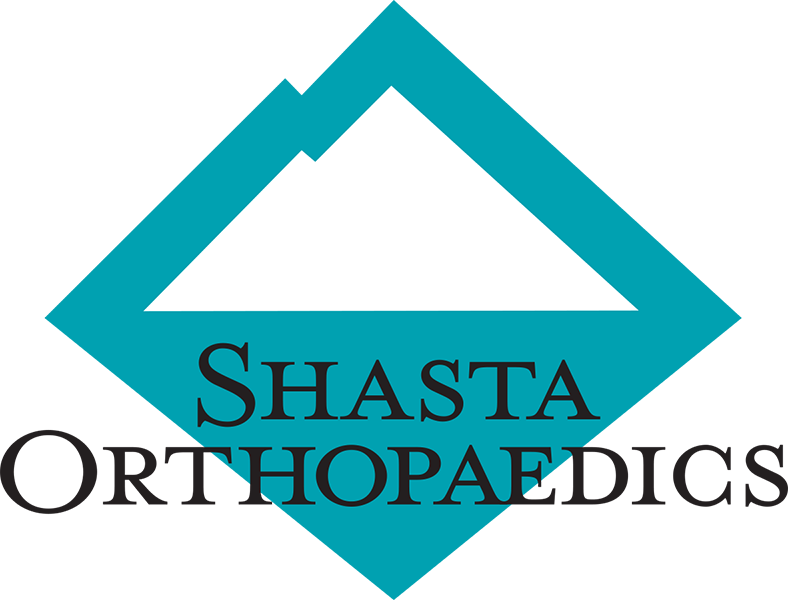Pain Management: Myths and Facts
My name is Dr. Forrest Monroe. As an interventional pain management physician, I understand the challenges that chronic pain can bring to your daily life. Whether you have been living with pain for years or are experiencing pain for the first time, it is important to know the facts about pain management and the range of treatment options available to you.

I specialize in interventional pain management techniques such as nerve blocks, epidural injections, and radiofrequency ablation. These techniques are designed to provide long-lasting pain relief without the risks and side effects associated with pain medications or the invasiveness and recovery time associated with surgery.
Myth 1: Pain medications are the only effective treatment for chronic pain.
Fact: While pain medications can be helpful for short-term pain management, they are rarely the best solution for chronic pain. In fact, long-term use of opioids can lead to addiction and other health complications. Instead, I focus on interventional pain management techniques such as nerve blocks, epidural injections, and radiofrequency ablation, which can provide long-lasting and more effective pain relief without the need to take pills daily. I do not recommend or prescribe opioids for chronic pain.
Myth 2: Pain management is only for people with serious health conditions.
Fact: Chronic pain can affect anyone, regardless of their overall health status. Pain management is not just for people with serious health conditions; it is for anyone who experiences chronic pain.
Myth 3: Surgery is the only solution for chronic pain.
Fact: While surgery can be an effective treatment option for some types of chronic pain, it is not the only solution. In fact, spine surgery for pain should be considered the last resort, after conservative and interventional pain management measures have been exhausted. In some cases, surgery may be immediately necessary for certain high-risk conditions, but this is the exception rather than the rule.
Myth 4: Pain management treatments are expensive and not covered by insurance.
Fact: Many pain management treatments are covered by insurance, and at our practice, we work with patients to find the most affordable treatment options when necessary. It is important to check with your insurance provider to determine your coverage options. At Shasta Orthopaedics, we accept almost all major insurances, including Worker’s Compensation and Partnership Health Plan.
Myth 5: Pain management treatments are painful and require sedation.
Fact: Most interventional pain management procedures can be done in the office and take 15 minutes or less. While some patients may require sedation or anesthesia for certain procedures, the majority of procedures can be done with only local anesthesia.
At Shasta Orthopaedics, we understand that pain management is part of a spectrum of care between conservative measures such as medications and physical therapy and more invasive surgery, and provide the full spectrum of those options under one roof. We work with each patient to develop an individualized treatment plan that is tailored to their specific needs and goals.
In conclusion, dispelling these common myths about pain management is important to help you make informed decisions about your care. If you are experiencing chronic pain, please don’t hesitate to contact Shasta Orthopaedics to discuss your treatment options.

